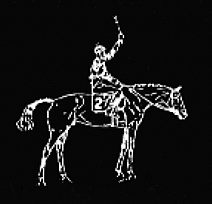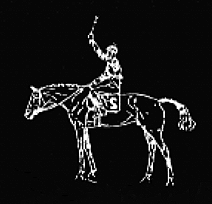We as horse people, know all too well the importance of feeding quality hay to our animals. We cut the bale open, scrutinize the leave, the stem, the general condition, odor, and color. We check for mold and insects. This is why I dislike pelleted horse feeds. It is almost impossible to gauge the type of plants used in making processed feeds. Medicinal herbs are no different. We need to assess the quality of herbs just as zealously as with our hay. Too often the herbs we use are already processed into products. The bulk dry herbs out there are often already processed in powder or cut/shift forms which makes judging quality very difficult. I tend to buy only whole herbs in most cases. The whole herb allows me to judge the quality of the plant, and I feel its medicinal properties will stay intact longer in the whole form, if left undisturbed by the chopping block or grinder until actually needed.
The world wide web seems to lack a source where specifications are listed for what the dry herb should look like. I will attempt to transcribe photos and useful information here taken from the 1919 handbook: Squibb's Atlas of The Official Drugs, by William Mansfield. It has long been out of print and a high premium is usually placed on used copies. This will be an ongoing project so be patient and eventually most of the important dry herbs will be listed here.
Contents:
Chapter 1............Roots
Chapter 2............Rhizomes
Chapter 3............Roots and Rhizomes
Chapter 4............Tuberous Roots, Bulbs, and Corms
Chapter 5............Barks
Chapter 6............Woods
Chapter 7............Stems
Chapter 8............Plants
Chapter 9............Herbs
Chapter 10..........Leaves and FLowering Tops
Chapter 11..........Leaf Buds, Leaflets, and Leaves
Chapter 12..........Flower Buds, Flowers, Flower Heads, and Parts of Flowers
Chapter 13..........Fruits and Parts of Fruits
Chapter 14..........Seeds and Parts of Seeds
Chapter 15..........Algae and Fungi
Chapter 16..........Spores, Non-Glandular and Glandular hairs and Excrescences
Chapter 17..........Starch, Gums, Sugars, and Mucilage
Chapter 18..........Resins, Gum Resins, Balsams, Balsamic Resins, and Oleo Resins
Chapter 19..........Latex, Dried Juices, Extracts and Camphors
Chapter 20..........Drugs of Animal Origin

















